California leaders deliver victories for outdoor access, climate, public health, and local economies
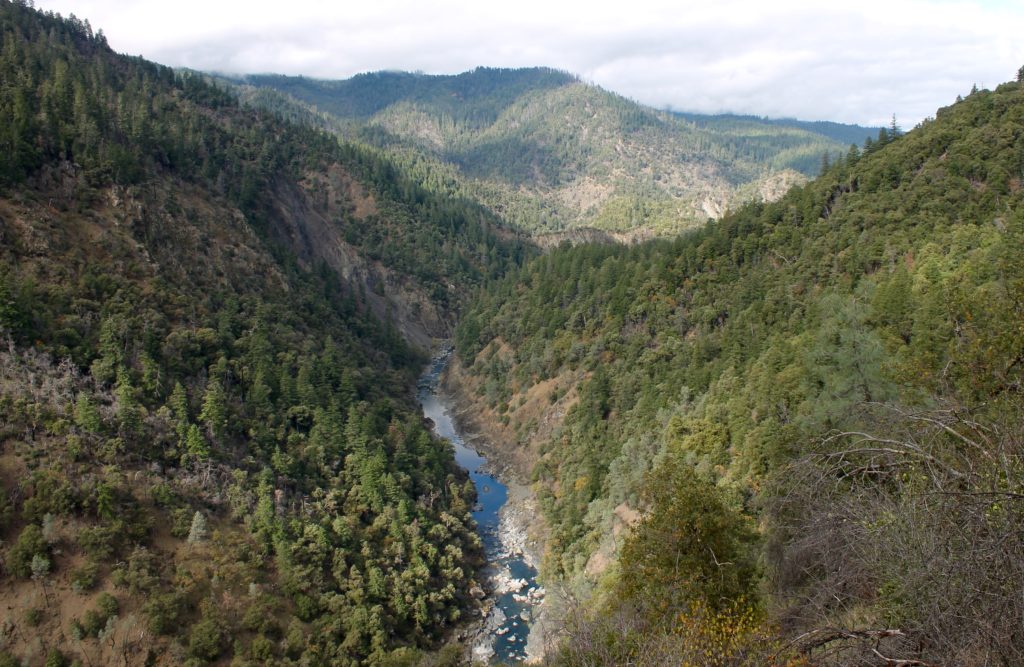
On September 23, 2021, the House of Representatives passed legislation that will protect and increase access to public lands and rivers throughout California. This bill, Protecting America’s Wilderness and Public Lands Act, is championed in California by Reps. Carbajal, Chu, Huffman, and Schiff, and passed as an amendment to the National Defense Authorization Act (NDAA).
Public lands amendments to the NDAA will safeguard more than a million acres of public lands and well over 500 miles of rivers in California, in the Northwest, Central Coast, and Los Angeles regions, in addition to public lands and rivers in Arizona, Colorado, and Washington. In California, the Protecting America’s Wilderness and Public Lands Act is a key step forward in ensuring equitable access to public lands for local communities, and supports public health and economic recovery. The legislation is also critical to the state’s work to address climate change, build resilience, and protect 30% of lands and waters by 2030.
The Protecting America’s Wilderness and Public Lands Act previously passed the House in February of this year and a version passed twice in 2020. Today’s passage is particularly significant, however, given that the National Defense Authorization Act is considered to be “must-pass” legislation. Senators Alex Padilla and Dianne Feinstein have introduced companion legislation to the California bills: the PUBLIC Lands Act and the Rim of the Valley Corridor Preservation Act.
“I am glad to see the PUBLIC Lands Act continue to gain momentum with today’s House passage. This bill will increase access to California’s world-class nature for communities of color and all Californians,” said Senator Padilla. “Our public lands are some of our state’s greatest gifts – from the San Gabriel Mountains to the Central Coast and through Northwestern California’s forests and rivers. We must be thoughtful stewards of these special places so that communities can continue to enjoy them and benefit from our rich natural heritage for generations to come. And we must do so in a way that reverses racial and economic disparities in access to nature and our public lands. Now, I will be pushing my colleagues in the Senate to follow suit and pass these critical protections.”
The House amendment includes protections for the following places:
- Protection of public lands and rivers in Northwest California, including in Del Norte, Humboldt, Mendocino, and Trinity counties. This includes protecting about 317,000 acres of public lands as wilderness, designating 379 miles of new wild and scenic rivers, requiring management plans for an additional 101 miles of existing wild and scenic rivers.
- Protection of special places in the Los Padres National Forest and the Carrizo Plain National Monument, located in the Central Coast region. This includes approximately 288,000 acres of wilderness, two scenic areas encompassing 34,882 acres, and 159 miles of wild and scenic rivers. This would be the first wilderness protection on the Central Coast in twenty years, and is particularly important as many of these areas are currently under threat from extractive industries. It also includes the designation of a 400 mile-long trail, the Condor National Scenic Trail, which would connect the northern and southern portion of the Los Padres National Forest by a single hiking route.
- In the Los Angeles area, the bill would expand the San Gabriel Mountains National Monument by over 109,000 acres to include the western Angeles National Forest. The bill would also designate over 30,000 acres as protected Wilderness and over 45 miles of Wild and Scenic rivers throughout the San Gabriel range. Finally, the bill would also establish a National Recreation Area in the San Gabriel Valley.
- Also in the Los Angeles area, the bill would add more than 191,000 acres of the Rim of the Valley Corridor to the Santa Monica Mountains National Recreation Area. The Rim of the Valley stretches from the Simi Hills and Santa Susanas to the Verdugos and on to the San Gabriel Mountains.
Below are quotes from leaders marking this moment and urging the Senate to pass legislation to protect these public lands and rivers:
Representative Salud Carbajal (CA-24)
“Nature is priceless, but it is too often taken for granted. Pragmatic policies that defend our public lands from development make a real difference in the fight against climate change, give residents and visitors the opportunity to appreciate the great outdoors, and boost our local economy, all while preserving the plant and animal life that call these public lands home. I am proud to see the Protecting America’s Wilderness Act, which includes my Central Coast Heritage Protection Act, pass the House as part of the National Defense Authorization Act. I will continue fighting to protect the public lands that make the Central Coast uniquely beautiful, so our children and grandchildren can enjoy them for generations to come.”
Representative Judy Chu (CA-27)
“The San Gabriel Mountains, with their beautiful rivers, forests, and mountain trails so close to the density of Los Angeles, are a true gift for the millions who have little to no access to parks or green space. That’s why I want to make sure as many people as possible have the chance to visit, both today and for years in the future. Today’s vote takes us one step closer to making this vision a reality. As our city grows and our climate changes, these untouched wild lands and habitats could disappear. This amendment to the National Defense Authorization Act (NDAA) will not only preserve this land for future generations, it will also create a National Recreation Area that will let even more Angelenos enjoy our mountains.”
Representative Adam Schiff (CA-28)
“The past 18 months have been difficult for all of us — but through the hardship, Americans have found solace and serenity in our beautiful public lands like the Rim of the Valley Corridor. I am thrilled the House has voted to preserve this area of striking beauty so that future generations can enjoy all that it has to offer. May this be the year we get it over the finish line.”
Representative Jared Huffman (CA-02)
“Because of the filibuster, the NDAA is one of the few tools Congress has left to pass urgent and necessary reforms. In this year’s bill, progressives were able to secure some important provisions, including my Northwest California public lands bill. This bill is critical for building a future for the North Coast where public lands are resilient and our outdoor recreation economy grows while we preserve environmental values for future generations. I’m glad to see this make it through, but I’m going to keep working with my colleagues to decrease the bloated defense budget.”
Rue Mapp, Founder and CEO of Outdoor Afro:
“Our state is rich with natural treasures but not all communities can access and enjoy these places.Outdoor access is a fundamental right for us all. That’s why I’m proud to see this legislation pass the House as part of the National Defense Authorization Act. I look forward to working with the Senate to help protect our public lands.”
Shanna Edberg, Director of Conservation Programs, Hispanic Access Foundation:
“Passing the Protecting America’s Wilderness and Public Lands Act in the House is necessary to address inequitable access to the outdoors in California. Latinos and other communities of color are almost twice as likely to live somewhere that is nature deprived than white communities, meaning there are far fewer parks, streams, beaches, and other natural places nearby. This leaves our communities with a legacy of poorer health and COVID-19 severity, higher stress levels, worse educational outcomes, lack of recreation and business opportunities and greater vulnerability to extreme heat and flooding. The Protecting America’s Wilderness and Public Lands Act is crucial for bringing nature, and therefore equity and justice, closer to our underserved communities. We hope the Senate will take action and pass these important protections this year.”
Janessa Goldbeck, VetVoice Foundation’s California State Director and Marine Corps veteran:
“Throughout California, veterans share a strong connection to our public lands. Today we celebrate the passage of four historic public lands bills in the National Defense Authorization Act. This legislation affirms the importance of access to the outdoors for the nearly two million veterans living in our state.”
Gregg Foster, Executive Director of Redwood Region Economic Development Commission (RREDC):
“Local economies benefit when people come to visit Northwest California’s spectacular public lands and rivers — visitor spending in the region exceeded one billion dollars in 2019. We in the region greatly appreciate the House again moving to protect and restore some of our region’s most cherished landscapes, and we look forward to the Senate following suit.”
Roberto Morales, Chair of the Nature for All Coalition Sierra Club Senior Organizer:
“This National Defense Authorization Act includes measures to conserve public lands in California and across the country, and would ensure that everyone, especially underserved communities, can enjoy the outdoors. Protecting nature and increasing access to the outdoors provides immense benefits to our health, economy and environment – especially at a time we need it most. We applaud the hard work of California champions, Representatives Chu, Huffman, Carbajal, Schiff and Senators Padilla and Feinstein, to advance this legislation.”
Shoren Brown, Director of Government Affairs and Advocacy, Conservation Alliance
“Our members in the outdoor recreation, beverage, and financial services sectors understand that conservation earns returns for all Americans in the form of healthier and more equitable communities, more robust economies, and healthier people. Legislation like the Protecting America’s Wilderness and Public Lands Act is a boon to businesses that depend on clear air, healthy lands and waters, and close to home recreational opportunities to create jobs and drive economic growth.”
Katie Hawkins, California Program Manager, Outdoor Alliance
“Outdoor Alliance and its member organizations are thrilled that the House has included protections for California’s public lands and waters in the National Defense Authorization Act. Protecting cherished landscapes in Northwest, Central, and Southern California improves access for outdoor recreationists. The outdoor recreation economy generates $57.4 billion for our state, and these protections also support local businesses and communities. We look forward to seeing these bills advance in the Senate.”


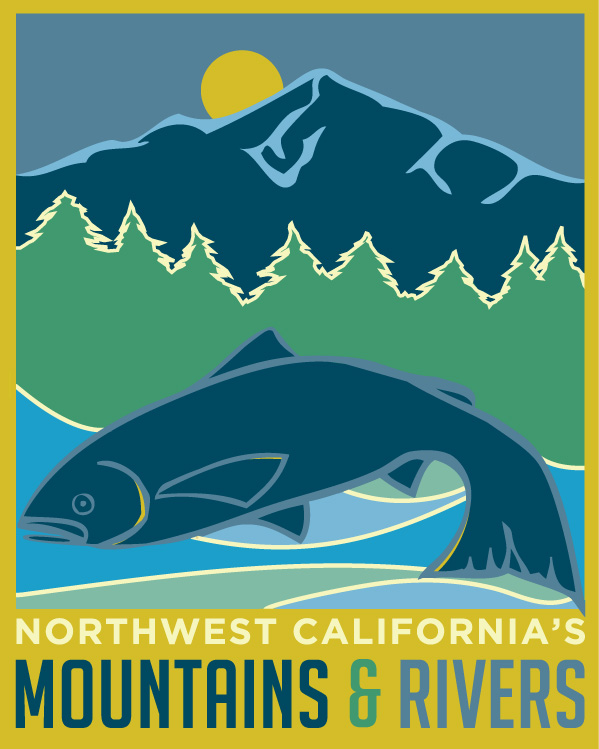
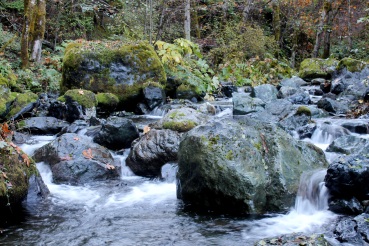 The South Fork Trinity River is one of the largest undammed river systems in California. The river and its tributaries support important populations of threatened and endangered salmon and steelhead and old-growth forest dependent wildlife species. The river and tributaries also offer outstanding outdoor recreation opportunities.
The South Fork Trinity River is one of the largest undammed river systems in California. The river and its tributaries support important populations of threatened and endangered salmon and steelhead and old-growth forest dependent wildlife species. The river and tributaries also offer outstanding outdoor recreation opportunities.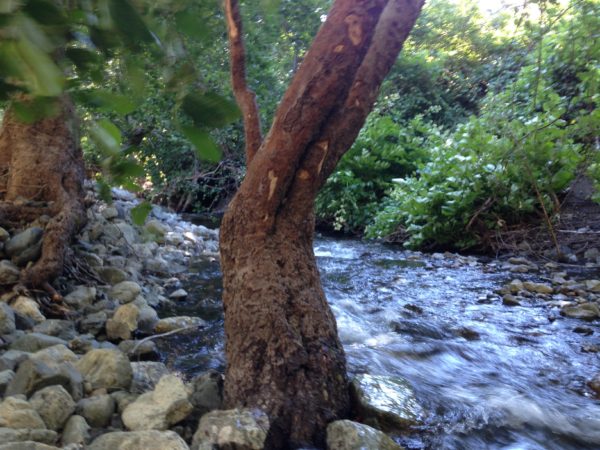 The South Fork Trinity River is one of the largest undammed river systems in California. The river and its tributaries support important populations of threatened and endangered salmon and steelhead and old-growth forest dependent wildlife species. The river and tributaries also offer outstanding outdoor recreation opportunities.
The South Fork Trinity River is one of the largest undammed river systems in California. The river and its tributaries support important populations of threatened and endangered salmon and steelhead and old-growth forest dependent wildlife species. The river and tributaries also offer outstanding outdoor recreation opportunities.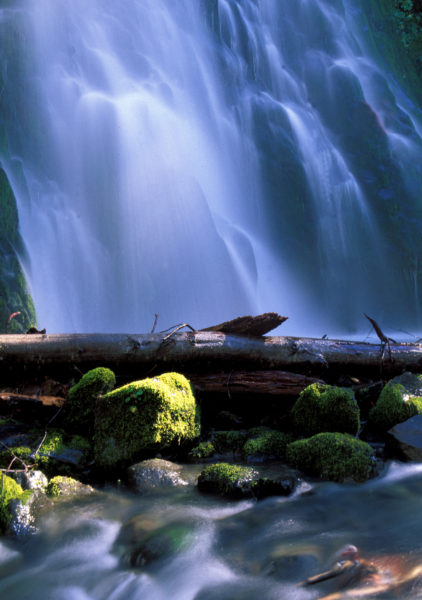
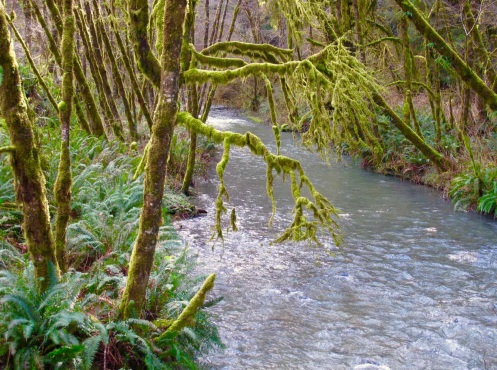 These proposed Wild and Scenic Rivers flow through or are located upstream of Redwood National Park. They provide important habitat for threatened and endangered salmon and steelhead and nationally significant recreation opportunities.
These proposed Wild and Scenic Rivers flow through or are located upstream of Redwood National Park. They provide important habitat for threatened and endangered salmon and steelhead and nationally significant recreation opportunities.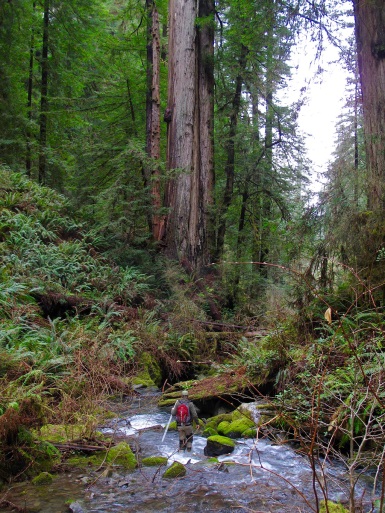
 The Wild and Scenic Black Butte River flows northwest for almost 30 miles from the crest of the northern Coast Range to the Wild and Scenic Middle Fork Eel River downstream.
The Wild and Scenic Black Butte River flows northwest for almost 30 miles from the crest of the northern Coast Range to the Wild and Scenic Middle Fork Eel River downstream.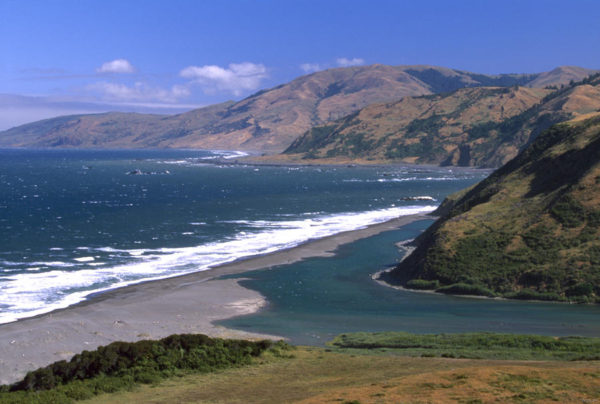 Located in the King Range National Conservation Area, the Mattole Estuary provides important anadromous fish habitat for coho and Chinook salmon and steelhead. Federal officials recently identified the river as essential for the recovery of threatened salmon and steelhead. The estuary also provides habitat for several rare plants. A popular campground and recreation site near the mouth of the Mattole that attracts campers, hikers, hunters, and birders, and provides the northern access point for visitors hiking the Lost Coast Trail. The Mattole River is recommended for protection by the BLM.
Located in the King Range National Conservation Area, the Mattole Estuary provides important anadromous fish habitat for coho and Chinook salmon and steelhead. Federal officials recently identified the river as essential for the recovery of threatened salmon and steelhead. The estuary also provides habitat for several rare plants. A popular campground and recreation site near the mouth of the Mattole that attracts campers, hikers, hunters, and birders, and provides the northern access point for visitors hiking the Lost Coast Trail. The Mattole River is recommended for protection by the BLM.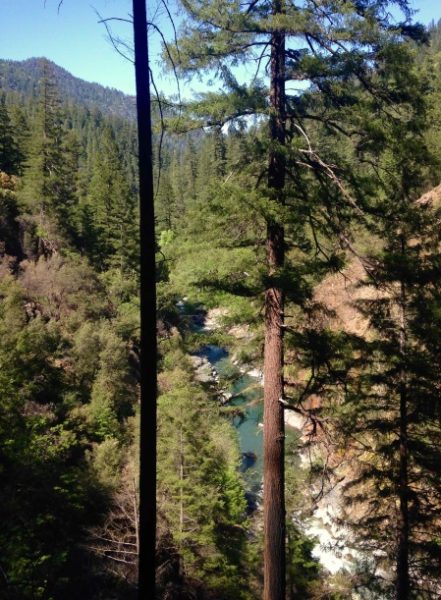 The proposed Wild and Scenic Rivers flow from the magnificent Trinity Alps Wilderness, providing important habitat for salmon and steelhead migrating to and from the Trinity River, as well as outstanding outdoor recreation opportunities and scenery.
The proposed Wild and Scenic Rivers flow from the magnificent Trinity Alps Wilderness, providing important habitat for salmon and steelhead migrating to and from the Trinity River, as well as outstanding outdoor recreation opportunities and scenery.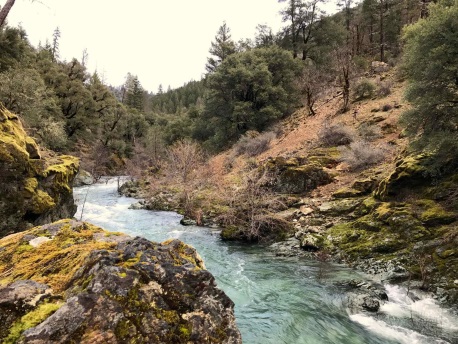 These proposed Wild and Scenic Rivers flow from the magnificent Trinity Alps Wilderness, providing important habitat for salmon and steelhead migrating to and from the Trinity River, as well as outstanding outdoor recreation opportunities and scenery.
These proposed Wild and Scenic Rivers flow from the magnificent Trinity Alps Wilderness, providing important habitat for salmon and steelhead migrating to and from the Trinity River, as well as outstanding outdoor recreation opportunities and scenery. The proposed Wild and Scenic Rivers flow from the magnificent Trinity Alps Wilderness, providing important habitat for salmon and steelhead migrating to and from the Trinity River, as well as outstanding outdoor recreation opportunities and scenery.
The proposed Wild and Scenic Rivers flow from the magnificent Trinity Alps Wilderness, providing important habitat for salmon and steelhead migrating to and from the Trinity River, as well as outstanding outdoor recreation opportunities and scenery.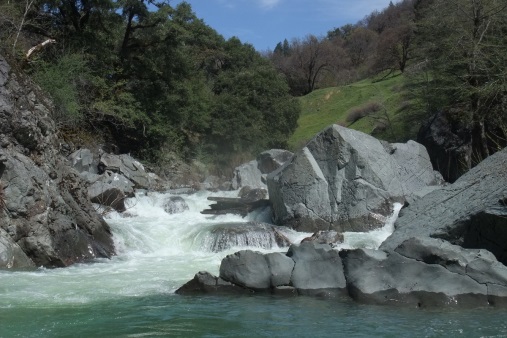 Federal officials recently identified the North Fork Eel River as essential for the recovery of threatened salmon and steelhead. The river canyon supports diverse habitat for several sensitive, threatened, and endangered species, including Peregrine falcon. Offering class II-V whitewater boating opportunities, the river flows through the North Fork Wilderness – one of the most remote and least visited wild areas in the region. The North Fork is recommended for protection by the Forest Service.
Federal officials recently identified the North Fork Eel River as essential for the recovery of threatened salmon and steelhead. The river canyon supports diverse habitat for several sensitive, threatened, and endangered species, including Peregrine falcon. Offering class II-V whitewater boating opportunities, the river flows through the North Fork Wilderness – one of the most remote and least visited wild areas in the region. The North Fork is recommended for protection by the Forest Service.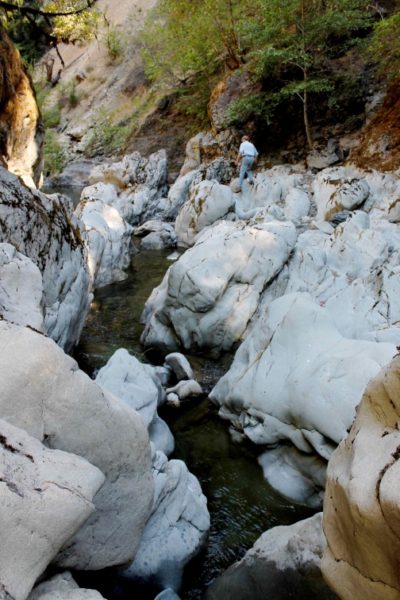 The proposed Wild and Scenic River segments of the South Fork Eel and its tributaries support threatened and endangered populations of salmon and steelhead and rare plants. They also provide outstanding research opportunities of nearly pristine undeveloped watersheds.
The proposed Wild and Scenic River segments of the South Fork Eel and its tributaries support threatened and endangered populations of salmon and steelhead and rare plants. They also provide outstanding research opportunities of nearly pristine undeveloped watersheds. The proposed Wild and Scenic River segments of the South Fork Eel and its tributaries support threatened and endangered populations of salmon and steelhead and rare plants. They also provide outstanding research opportunities of nearly pristine undeveloped watersheds.
The proposed Wild and Scenic River segments of the South Fork Eel and its tributaries support threatened and endangered populations of salmon and steelhead and rare plants. They also provide outstanding research opportunities of nearly pristine undeveloped watersheds.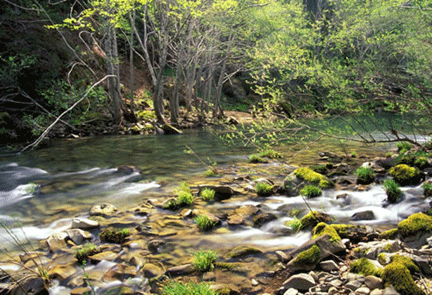 The proposed Wild and Scenic River segments of the South Fork Eel and its tributaries support threatened and endangered populations of salmon and steelhead and rare plants. They also provide outstanding research opportunities of nearly pristine undeveloped watersheds.
The proposed Wild and Scenic River segments of the South Fork Eel and its tributaries support threatened and endangered populations of salmon and steelhead and rare plants. They also provide outstanding research opportunities of nearly pristine undeveloped watersheds.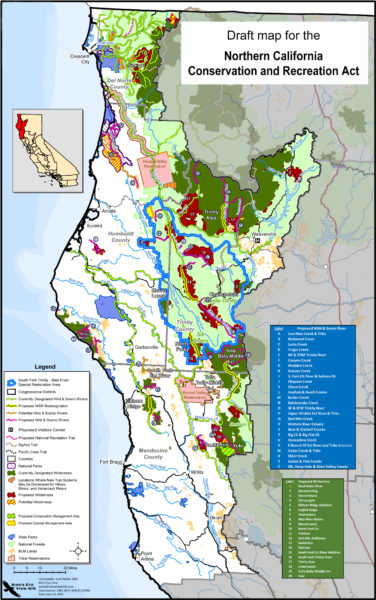 In early August of 2017, Congressman Jared Huffman released a piece of draft public lands legislation for Northwest California.
In early August of 2017, Congressman Jared Huffman released a piece of draft public lands legislation for Northwest California.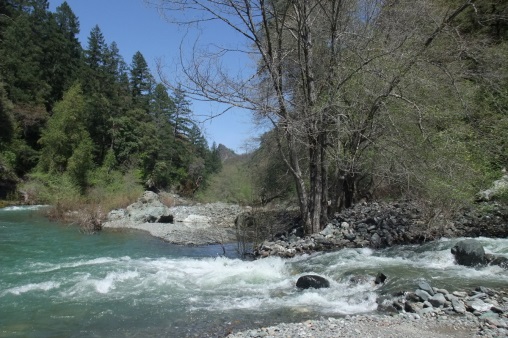 Red Mountain Creek flows westward from the Yolla Bolly-Middle Eel Wilderness to its confluence with the North Fork Eel. The creek supports a healthy anadromous fishery in its lower segment and resident trout upstream. Federal officials recently identified the creek as essential for the recovery of threatened salmon and steelhead. Adjacent cliffs also provide habitat for Peregrine falcon. The creek also possesses important contemporary, historic, and prehistoric cultural values. The diverse geology through which the creek flows supports a picturesque mosaic of conifer and oak woodlands.
Red Mountain Creek flows westward from the Yolla Bolly-Middle Eel Wilderness to its confluence with the North Fork Eel. The creek supports a healthy anadromous fishery in its lower segment and resident trout upstream. Federal officials recently identified the creek as essential for the recovery of threatened salmon and steelhead. Adjacent cliffs also provide habitat for Peregrine falcon. The creek also possesses important contemporary, historic, and prehistoric cultural values. The diverse geology through which the creek flows supports a picturesque mosaic of conifer and oak woodlands.